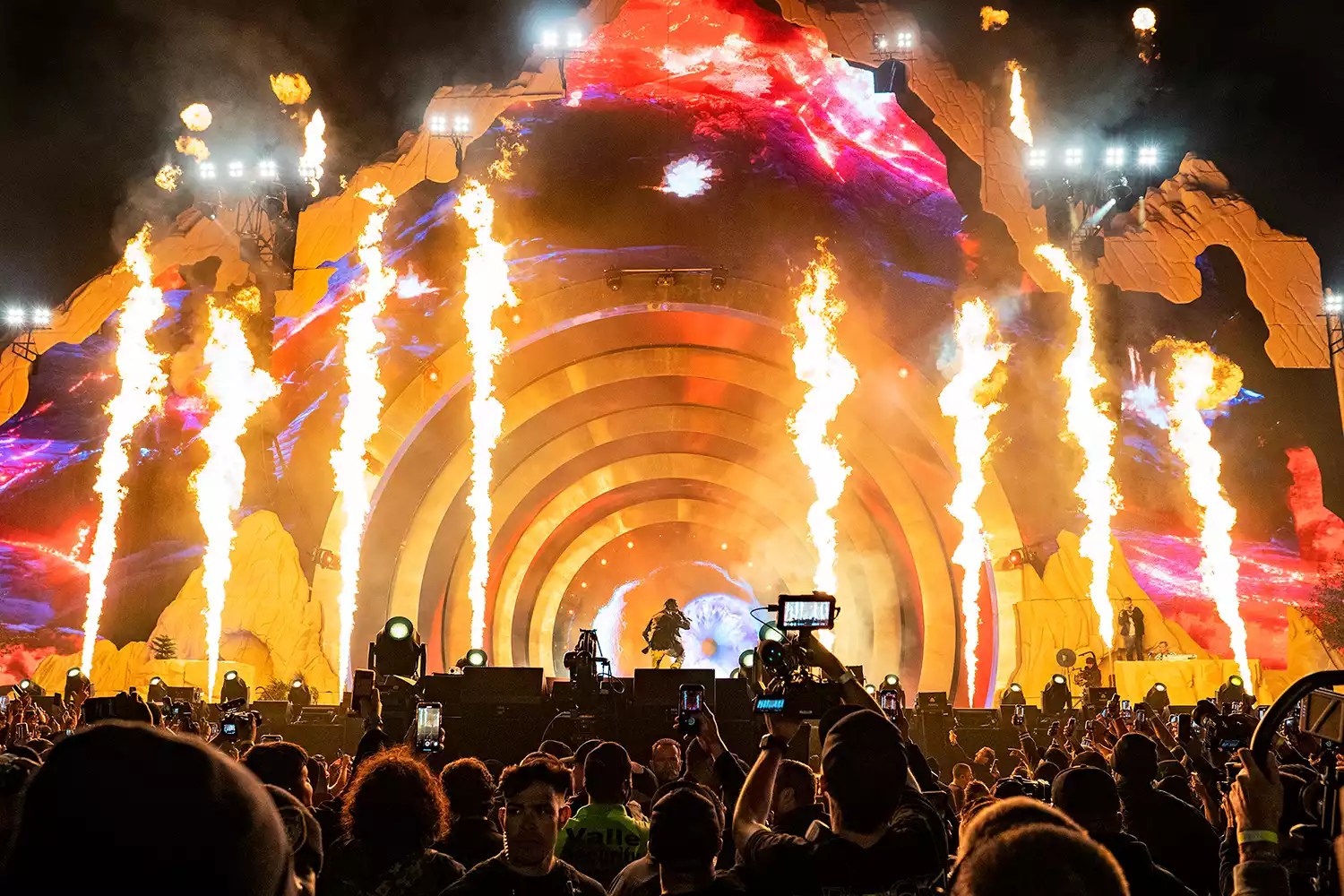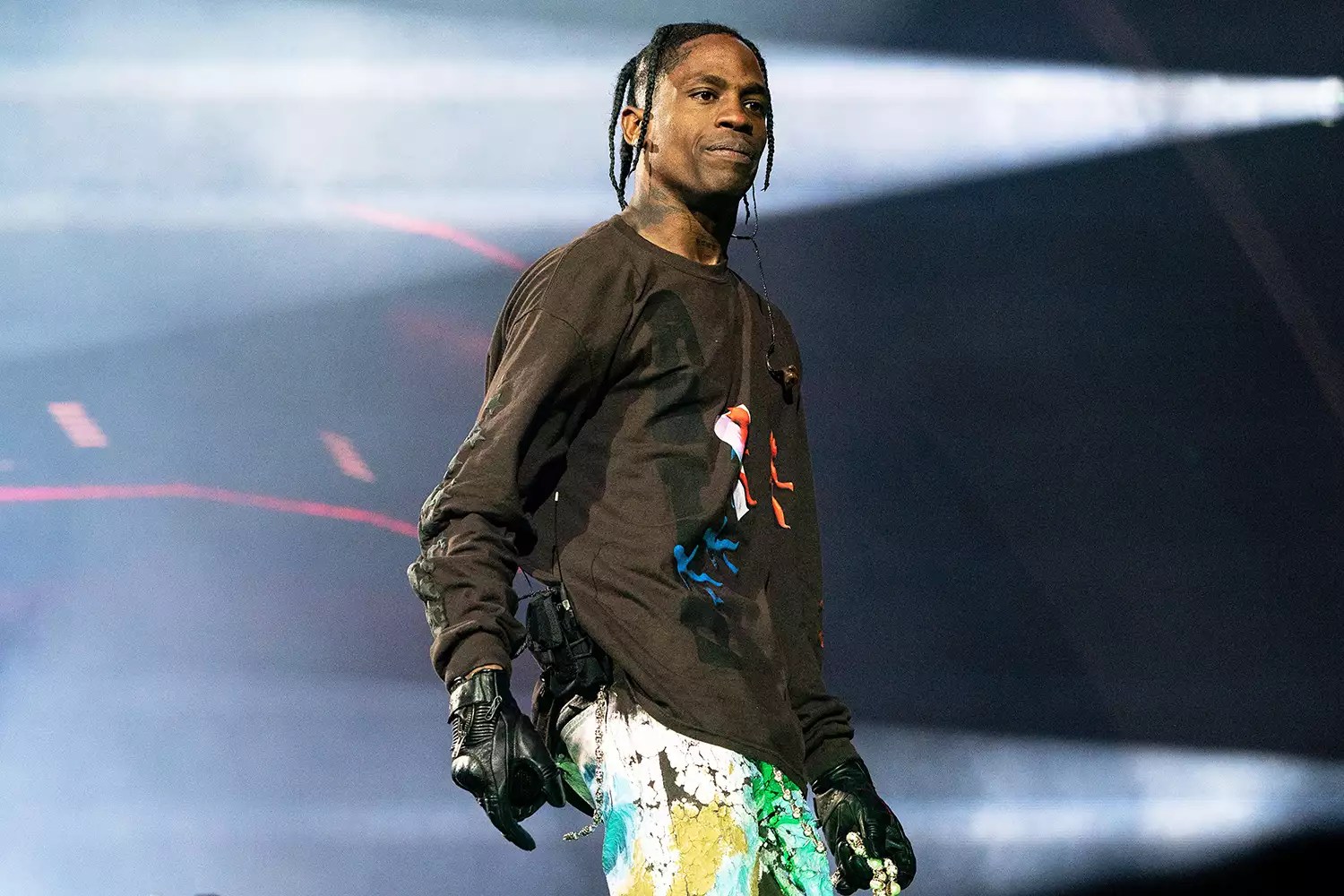Travis Scott performs during 2021 Astroworld Festival.Photo: Erika Goldring/WireImage

Travis Scott’sAstroWorld Music Festival in Houston on Friday nightwas the site of a massive crowd surge that resulted in eight fatalities and more than a dozen injuries, classifying it as a “mass casualty event.” But it’s not the first music festival to result in loss of life due to a crowd surge that became out of control.
A crowd surge happens when large numbers of people rush forward in the same direction. The night of Nov. 5, there were approximately 50,000 attendees in the AstroWorld audience, many of whom attempted to rush the stage when Scott’s set began. The force of the crowd became so great that some people could not stay on their feet; people lost consciousness or were trampled and the density of people made it difficult for emergency personnel to get through.
For more on the tragedy at Astroworld, listen below toour daily podcast on People Every Day.
Although investigators say the deaths were caused from the crowd surge, the exact cause of the surge itself remains unknown. Experts explain that there are many common traits that can cause these types of disasters.
Travis Scott as Astroworld Festival.

“My research covers over 100 years of disasters, and invariably they all come down to very similar characteristics,” G. Keith Still, a professor of crowd science at the University of Suffolk in England, toldABC News.
“If you have standing room, which is known to be the most dangerous and deadly crowd configuration, you have to follow special procedures and techniques in order to make that environment reasonably safe,” crowd safety expert Paul Wertheimer (who recommends one crowd manager for every 250 people in attendance) tells PEOPLE. “Nobody was minding the crowd. They didn’t stop the show. Even before Scott got on, they didn’t stop the show to bring back some kind of sense of safety within the crowd.”
Travis Scott.Erika Goldring/WireImage

As the crowd moves forward, people begin to feel squeezed, have difficulty breathing and can potentially lose consciousness. People falling — and attempts to get them to safety — can exacerbate the crowd pushing against each other. And some people can die just from being crushed in the crowd, which is known as “compressional asphyxia.”
“It’s an experience you can’t escape,” John Fruin, the expert in crowd surges who coined “compressional asphyxia,toldThe Washington Post.“You can’t move, you can’t determine your own destiny. The force is considerable. Once it gets going, it’s difficult to stop.”
Houston Fire Chief Samuel Peña said in a news conference that this was a textbook crowd surge: “At approximately 9 o’clock, 9:15, the crowd began to compress towards the front of the stage and that caused some panic and it started causing some injuries. People began to fall out, become unconscious and it created additional, additional panic.”
Travis Scott.Amy Harris/Invision/AP/Shutterstock

Scott has a history of encouraging fans to get rowdy at his concerts; in fact,a similar series of events broke out at his AstroWorld Festival in 2019. At that show, fans charged the security barricade and trampled each other to the front, leading to injury.
“Scott faced three misdemeanor charges of inciting a riot, disorderly conduct and endangering the welfare of a minor after he invited fans to overpower security and rush the stage,“according to theL.A. Times.“Scott pleaded guilty to disorderly conduct and had to pay more than $6,000 to two people injured at the show.”
But this is not a recent phenomenon. Look back at some other crowd surges that led to injuries and fatalities.
December 3, 1979: The Who Concert
DuringThe Whoconcert at Cincinnati’s Riverfront Coliseum, 11 people died in a stampede. Hundreds of concertgoers gathered before the event to claim first-come, first-serve seating. A giant herd of people charged forward when the doors opened, creating a huge swell that resulted in a fatal crush. A class-action lawsuit on behalf of 10 of the victims' families against the band and concert organizers awarded the families $150,000 each.
Getty

January 18, 1991: AC/DC Concert
When the Australian heavy-metal rock band played a show in Salt Lake City, a surge of people rushed to the front of the stage just as the show began, a crush thatleft three people dead. The venue was general admission only, with no assigned seating; more than 13,000 people attended and ran to the front to get premium spots to view the concert, resulting in an out-of-control stampede.All of the fatalities were teenagers.
January 26, 2001: Limp Bizkit at the Big Day Out Festival
An 18-year-old girl died of asphyxiation after beingcrushed in a mosh pit at Australia’s 2001 Big Day Out music festival during Limp Bizkit’s headlining performance. She got caught in a 55,000-person crowd, which swept her to the front of the stage. A fan described the situation as a “war scene,” which also injured 36 others, and left many hospitalized.
Eddie Vedder, Pearl Jam.Jason Kempin/FilmMagic

June 2000: Pearl Jam Roskilde Festival
Nine people died in a stampedethat took place during Pearl Jam’s headlining set at the 2000 Roskilde Festival in Denmark. The festival-goers were trampled to death after the crowd surged to the stage when the band took to the stage. The ground was reportedly slippery and muddy from days of rain prior.
source: people.com